Having lived in India 20 years ago, we consider ourselves experts on the subject. But then, we never went to the Northeast, that part squeezed in between Bangladesh and Myanmar, until not so long ago unknown territory. Now there are two possibilities: either India has changed beyond recognition, in the past 20 years, or the Northeast is really very different from the rest of India.
I think the latter. And that is also what the people here say themselves, they actually don’t belong to India. Twenty years ago there were various independence movements active in several states, but with the years the Northeast has begun to appreciate the enormous investments India is making here, so the call for secession has died down. But that doesn’t mean that the Northeast is the same as India proper. The people are different – they look different, much more Asiatic, they speak a different language, many different languages, in fact, to the effect that their lingua franca is English – they don’t understand the language of the neighbouring state, or sometimes not even the neighbouring village. Because much of the population of the Northeast is organised along tribal lines, with their own rituals – and their own festivals, of which we have tasted a little. And with their own religions, be it Christianity, like in most of Nagaland, Buddhism in parts of Arunachal Pradesh, or the Danyi-Piilo belief around the Ziro area, worshipping sun and moon.
Of course, some of the NE states, like Assam and Tripura, are more ‘Indian’, with large Hindu communities, and the associated temples. But whether they have the same rigid caste system as in the rest of India, I am not sure. What stays in our memory is the overwhelming friendliness of the people of the northeast, or most of the people of the NE, whether Assam or Tripura, or any of the other states we have been to. Which was not necessarily always our impression of the India, India ‘proper’, we remember from 20 years ago.
Because the NE is so different from the rest of India, it is difficult to compare our experience and identify the changes. But some are obvious; perhaps the most important improvement is in the way women dress, these days, an India-wide phenomenon, as we saw the same in Indian tourists that came to the Northeast. What would have been unthinkable 20 years ago, short skirts and tight shirts, is now quite common amongst the younger women. No need any more to cover every bit of skin, and slightest notion of female body forms, with a dupatta. The confidence with which women wear those cloths suggests that even Indian men start to accept that body parts uncovered – we are talking about ankles, here, or under-arms – is not an immediate invitation to sexual harassment anymore.
Then there are the technological advances. Payment by telephone – everybody has a smartphone, of course – is widespread, even in the smallest shop or restaurant you pay digitally, people carry hardly any cash anymore. Good to tackle the grey economy, and corruption, but it also leads to inefficiency and needless delays, when tickets for tourist sites need to be paid for online, with a QR code, but also with and endless stream of seemingly unnecessary information requests (including our passport numbers, our telephone numbers), and that for often minimal amounts of money.
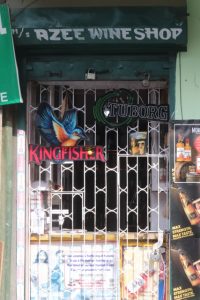
our favourite shopping experience, getting a bottle of wine from behind the grill of the liquor store
I am sure there are many more modern developments, hidden for the accidental tourist. One visible, albeit not immediately obvious change: the bicycle rickshaws are still dominating the traffic in several towns, but on close inspection it turns out that most of them have been equipped with an electric motor, no need to peddle anymore. Similarly, more and more tuktuks are being replaced with an electric version, recognisable because of their blue-and-white colour. In general, we found that, where in the old days two-wheeler – Indian speak for scooters and motorcycles – was the status symbol, nowadays it is the four-wheeler. And not the Maruti vans or other small cars, but preferably a SUV, of a recognised luxury brand. The one missing, unfortunately, is the Ambassador, that iconic symbol of – especially – Indian taxis, where you would sink into the backseat as if you sat on a soft sofa. Only occasionally you’ll find them back in the streets, and only in Calcutta they still serve as taxis.

the Ambassador is also the model for this road sign, for which you also need to study Indian English: descent, that is going down, no? so scent is going up…
Altogether, this was another great trip, quite different from what we had expected, quite different from how we experienced India 20 years ago. And definitely not a disappointment.
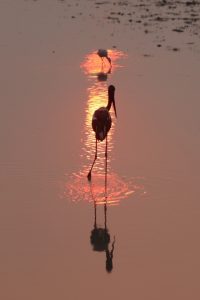
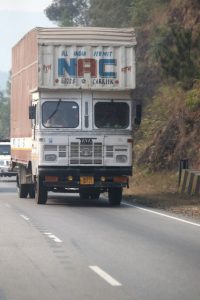


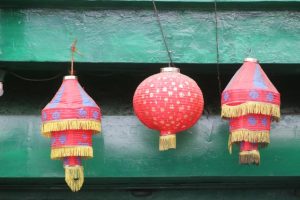
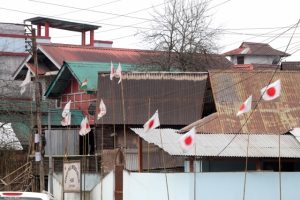





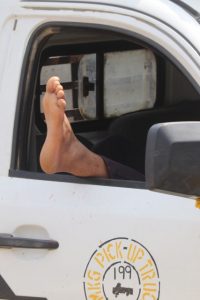

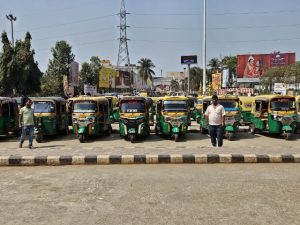

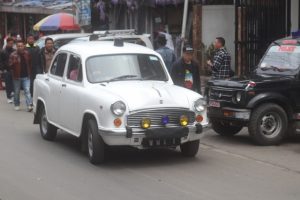
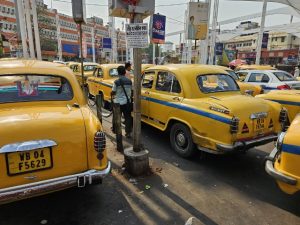


 RSS – Posts
RSS – Posts







